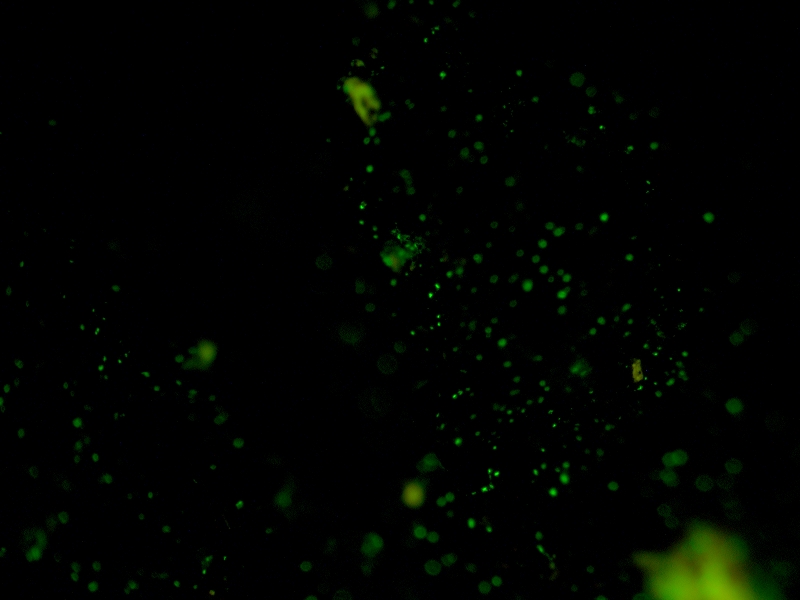Team:BCCS-Bristol/Wetlab/Part Design/Components/Reporters
From 2010.igem.org
iGEM 2010
Reporter - Fluorescent Proteins
Contents |
How Does it Work?
GFP is a spontaneously fluorescent protein, with a main excitation peak at 395nm, and a minor peak at 475nm, whilst its emission peak is at 508nm.
In contrast for RFP, the excitation peak is at 584nm and the emission peak is at 607nm, sufficiently far away from GFP that the two signals are easily distinguishable by any reasonably accurate spectroscopic equipment, or indeed the CCD of a digital camera.
Why Did We Choose It?
Fluorescent proteins are common choices for reporters in iGEM projects, but for good reason. They provide a number of distinct advantages for our project, as detailed below:
- They're easily detectable with relatively low tech equipment.
- They provide a quantifiable signal.
- Fluorescent proteins don't require any substrate (as opposed to luciferase).
- There are a wide range of fluorescent proteins available in parts registry; allowing us to easily extend project by connecting these to other promoters, without needing additional detection equipment.
Background
Green fluorescent protein (GFP) was first isolated in the 1970’s from jellyfish, its biological function is to transduce blue chemiluminescence from another protein into green light. Since the gene for GFP was isolated and shown to be an effective transgene it has become an important reporter molecule used in almost all fields of biology [1]. It can be expressed in high enough quantities that its fluorescence is easily visible to the naked eye.
Since the discovery of GFP many other fluorescent proteins have been discovered and charac- characterised. For our red fluorescent protein (RFP) we chose one from the coral Discosoma striata.
[1] et al. F. Yang. The molecular structure of green fluorescent protein. Nature Biotechnology,14:1246-1251, 1996.
 "
"
